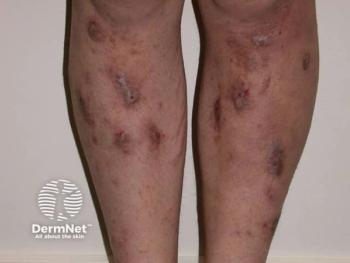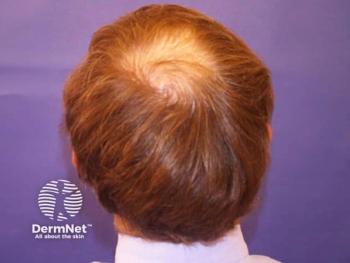
Cellular Response Monitoring Provides Insight into Stable Vitiligo
Investigators evaluated vitiligo punch grafting effectiveness on stable vitiligo lesions.
A recent study explored the potential of combining Reflectance Confocal Microscopy (RCM) and Multiphoton Microscopy (MPM) for cellular-level skin imaging to monitor vitiligo treatment response.
The study involved evaluating the effectiveness of vitiligo punch grafting through MPM and RCM imaging on 12 stable vitiligo lesions in 11 patients. Over 5 visits spanning 10 weeks post-treatment, researchers utilized Vivascope1500 and MPTflex for in vivo RCM and MPM imaging, respectively.
RCM measured melanocyte density and distance from the graft site. Clinical repigmentation was observed in 5 out of 12 lesions by week 10, with activated melanocytes appearing as early as 3 weeks post-treatment. Responders exhibited significantly higher melanocyte counts compared to non-responders, indicating the potential role of melanocyte activation in treatment success.
MPM captured keratinocyte pigmentation and melanocyte migration changes after punch grafting, revealing altered keratinocyte metabolism in vitiligo lesions compared to perilesional skin. Metabolic shifts in basal keratinocytes correlated with treatment response, suggesting a potential indicator for treatment success or failure.
While the study demonstrates the ability of RCM and MPM to monitor vitiligo treatment response at a cellular level, researchers acknowledged the time-consuming nature of the approach. They propose future exploration of fast, large area multiphoton exoscope (FLAME) technology to enhance efficiency and broaden the understanding of cytological responses to therapy in a larger cohort.
"Future studies employing FLAME on a larger group of vitiligo patients will help validate our current findings and further establish the utility of in vivo nonlinear optical microscopy for monitoring local cytological responses to therapy," they wrote.
Reference
Shiu J, Lentsch G, Polleys CM, et al. Non-invasive Imaging Techniques for Monitoring Cellular Response to Treatment in Stable Vitiligo. J Invest Dermatol (2023).
Newsletter
Like what you’re reading? Subscribe to Dermatology Times for weekly updates on therapies, innovations, and real-world practice tips.


















